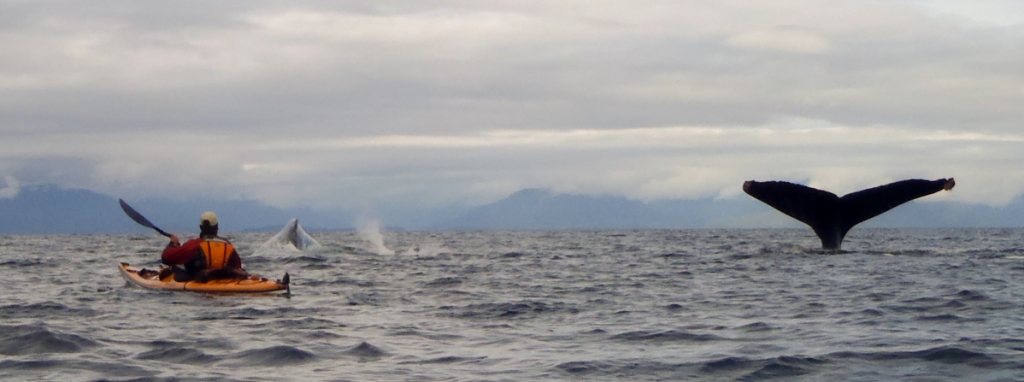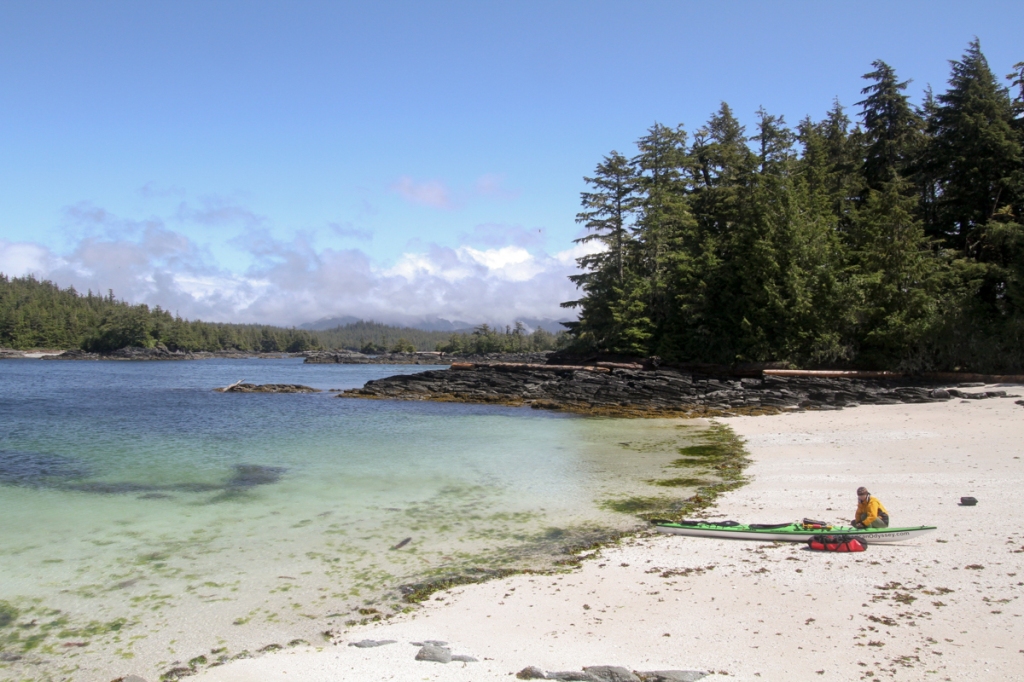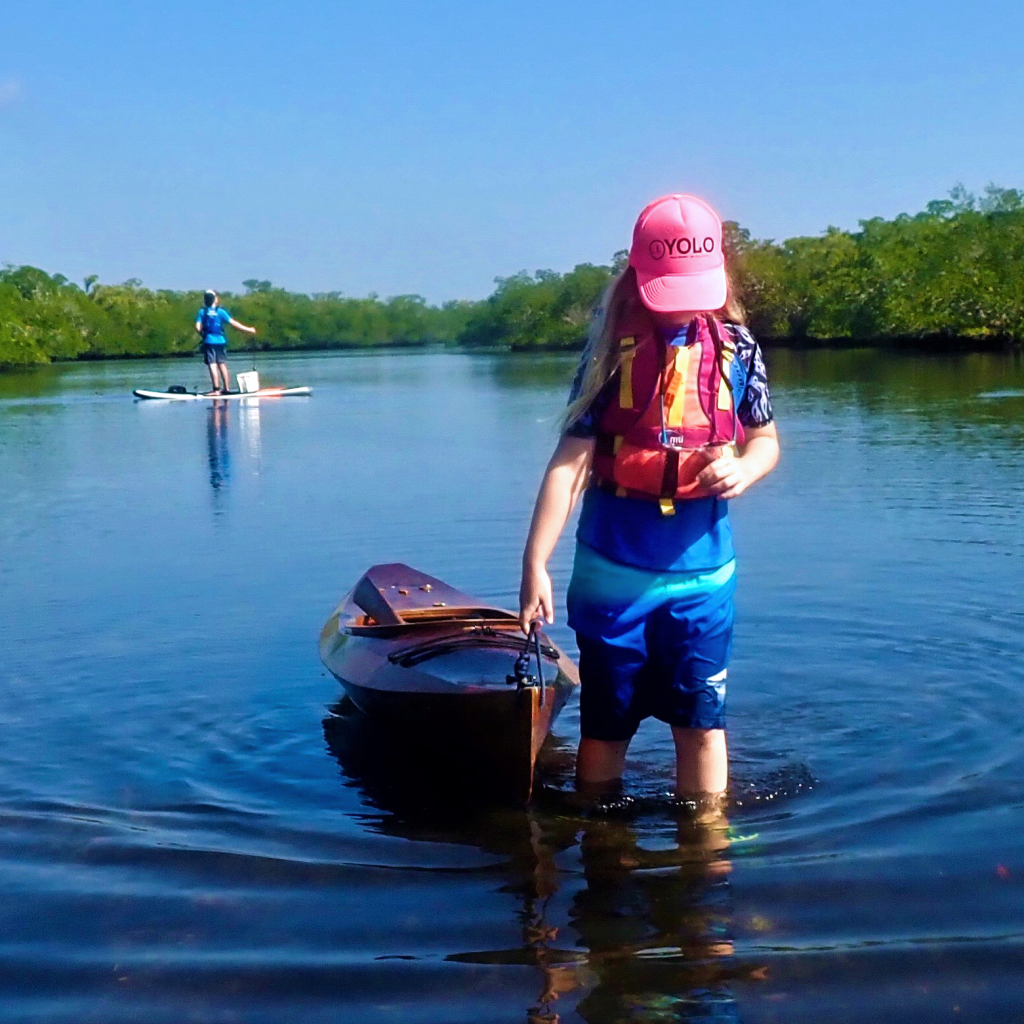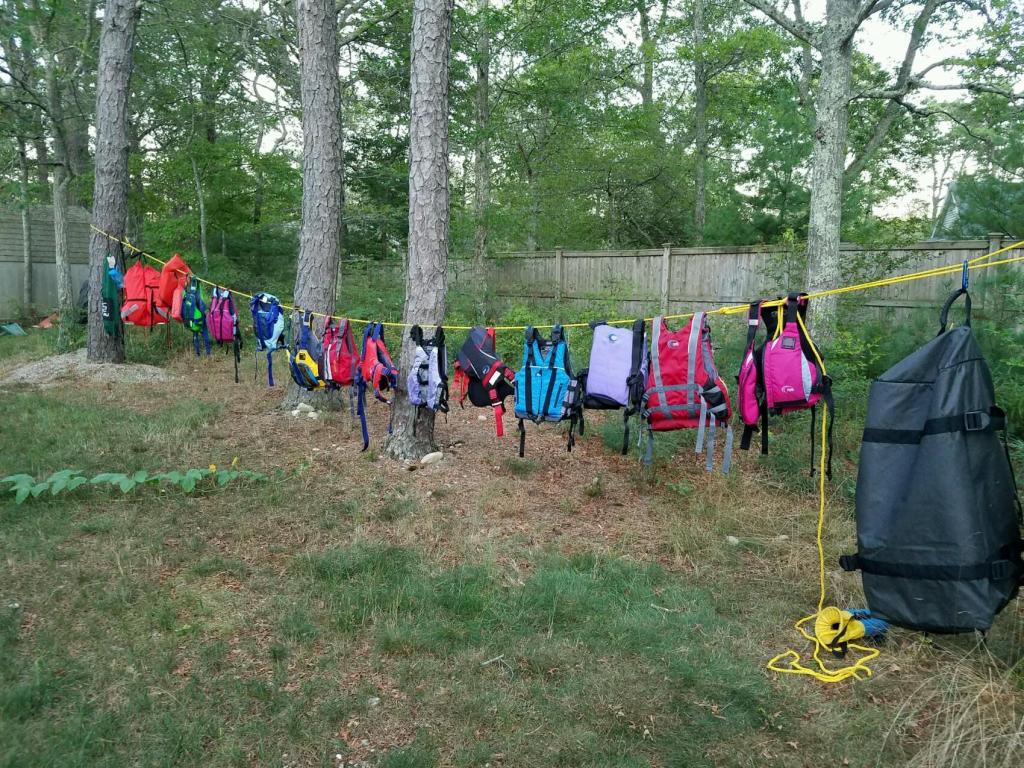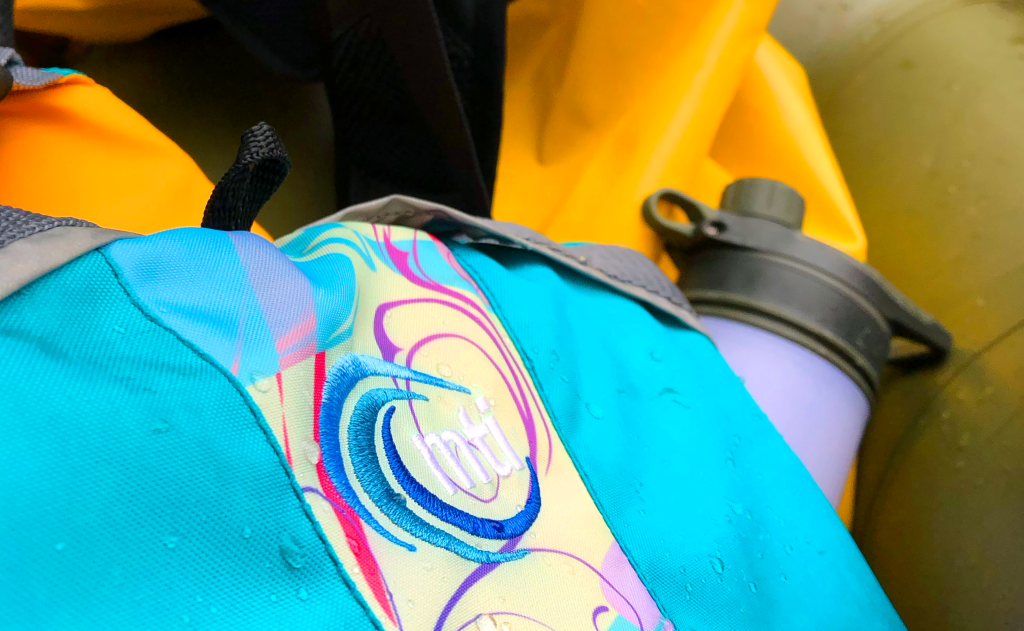Not just your backyard service organization
By Emilie Colby
“If birds can fly, ducks can swim, then kayakers get to paddle.”
Joe Winston, Heroes on the Water

Founded in 2007, Heroes on the Water (HOW) is an organization geared towards providing a safe environment for veterans, first responders, and their families to get outside with like-minded folks. HOW strives to give participants a place to belong and a community to rally around using kayak-fishing as an entry activity into the outdoors. Almost no experience is required and it can be easily adapted for those with disabilities.
HOW’s mission is firmly rooted in the belief that being outdoors is good for mind and body and that being able to go out and do a safe activity with the family is hugely important. Post-traumatic stress disorder (PTSD), one of the most common diagnoses for veterans returning home and first responders, deeply affects not just the lives of veterans and first responders, but their families. Heroes on the Water has proven that outdoor therapy is effective and can have a significant positive impact on those suffering from PTSD or traumatic brain injuries.
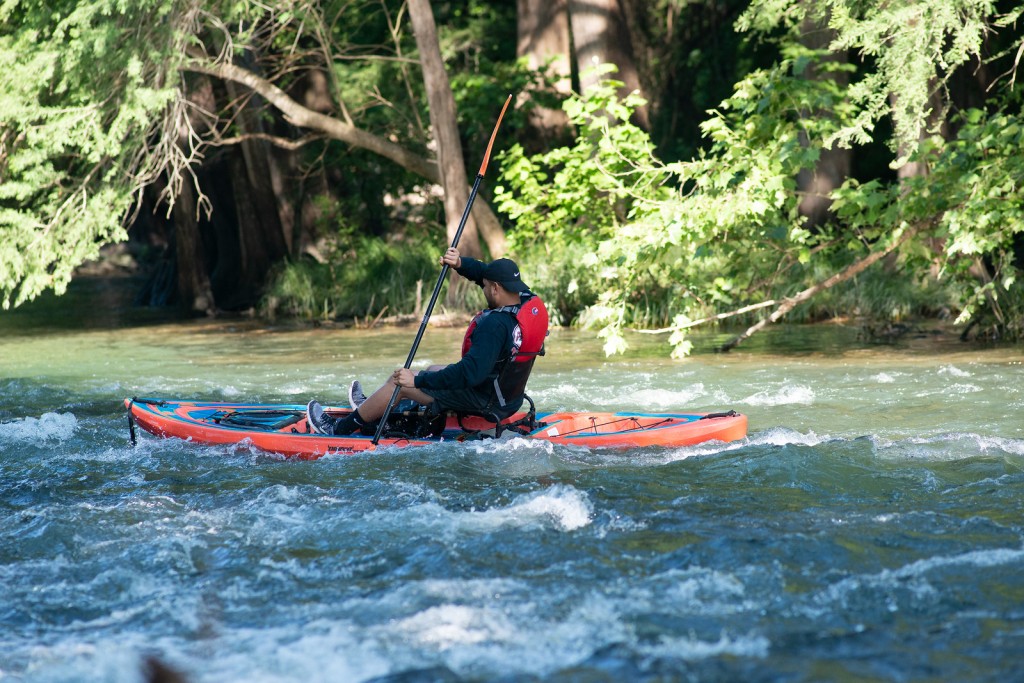
With 60 chapters across the U.S., as well as in Australia and the U.K., HOW is growing rapidly. This past spring, they held their first annual gala, hosting local athletes, including retired football superstar Troy Aikman. The event was a rousing success, raising money for the organization.
Some people take a life of service very seriously. Joe Winston, Director of Operations at Heroes on the Water, is undeniably one of those people.“I got started with HOW taking photographs. My dad was a Vietnam Air Force veteran, and I grew up in the post Vietnam era,” says Joe. Heroes on the Water, which he helped found, is built on the idea of serving those who served our country and helping them lead their best possible lives after returning home.
In 2016, the Department of Veterans Affairs released a report, based on the records of 55 million veterans from 1979 to 2014, current analysis indicates that an average of 20 veterans die from suicide every day. By that math, 292,000 veterans have died, from suicide alone, over the last forty years.
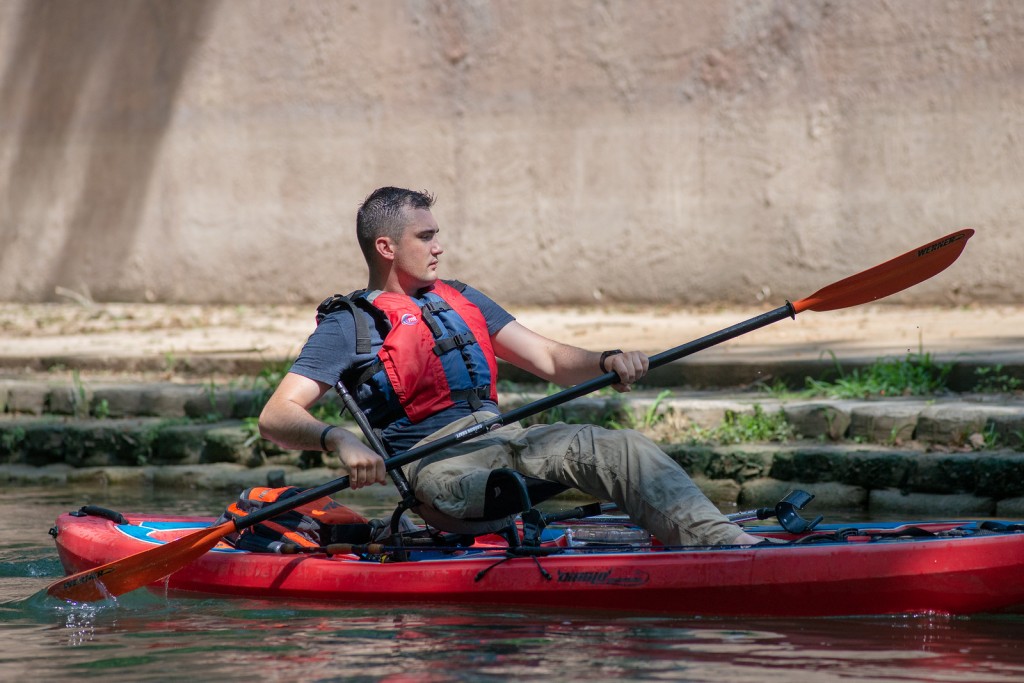
That is a terrifying, heart-wrenching statistic, one that Heroes on the Water is working to change. “We’re not a traditional therapy program, but it’s absolutely therapeutic. Getting outdoors is the very first step, kayak fishing is our path to introduce people to outdoor therapy programs. This gives them the opportunity to get outside and begin to explore the outdoors for themselves,” says Joe.
One of the most important aspects of HOW excursions is returning agency to the participants. “When you’re kayaking, you’re captain of your own ship, you’re responsible. You get to decide where you’re going to fish, where you’re kayak’s going to go. If the wind comes up, you have to course-correct. You’re making all these micro-decisions. You are engaged mind, body, and soul in this activity. There’s too much going on in kayak fishing to worry about your troubles.”
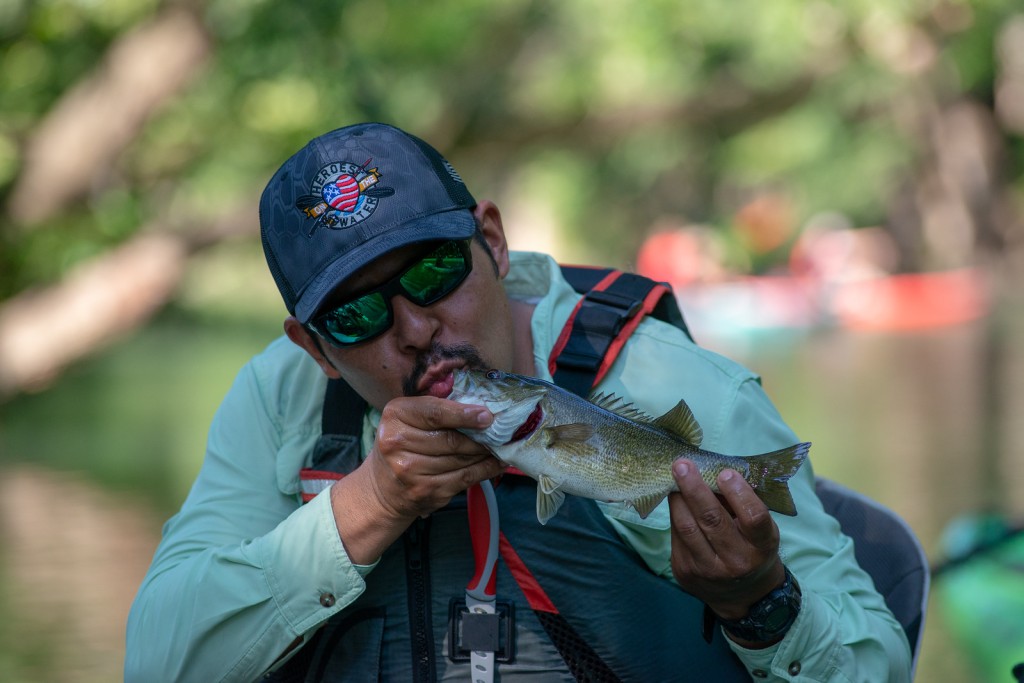
“With kayaking and fishing, particularly together, there’s a lot of homework to be done off the water.” That ‘homework’ can help keep you occupied outside the boat and can keep you busy when your mind would otherwise wander, says Winston. “As soon as I get off the water, I’m thinking about the next time I’m getting on the water and that’s what gets me through the work week.”
For Joe, it’s important how meaningful the work is, every day. “I can say that I’ve affected change in the world. I think that’s what’s so awesome, 40,000 people have participated in a Heroes on the Water outing.”
“We, as an organization, are ready to bring a HOW community to every community. Anywhere there’s a mud puddle big enough to float a boat, we can get out on the water with you and your kids, we’ll make hot dogs,” says Joe.

MTI has been involved with Heroes on the Water since the get-go. Lisa Chandler, an MTI employee of more than 20 years and wife of an Army major, has handled the account since 2008. Back then, HOW founder Jim Nolan reached out to MTI owner Lili Colby via email, beginning a decade long friendship. The partnership has only grown as HOW has founded chapters across the United States, using MTI life jackets to keep their participants safe.
“We’re here to serve and participate and help you become one of us, a deranged paddler. We are the service organization in your backyard. You know that you will meet new folks, it’s almost like going on a mission together. Then you get to come back, break bread, and trade stories.”
Joe Winston
HOW’s mission to “help warriors relax and reconnect through kayak-fishing and the outdoors” aligns well with MTI’s goal to make a jacket for every paddler. The paddling community is an evangelical one, connecting more people outdoors and on the water can only be positive. HOW is an integral part of the paddling community’s outreach, bringing in thousands of veteran paddlers and their families every year. Creating that kinship between paddlers, and between people and their outdoor spaces, is key to keeping the paddling community thriving and our outdoor spaces preserved.
“We can’t fix all the problems in the world, but we can help get you through. All you need is a willing heart to serve. We raise money as we go so each chapter can be as big as they want or they need. From large metropolitan chapters to small towns with borrowed kayaks. It builds organically, one guy grabs another guy. If there isn’t a HOW chapter in your area, call me, we will start one today. Will you serve those who have served us?” Winston asks.
For more information, visit HeroesOnTheWater.org
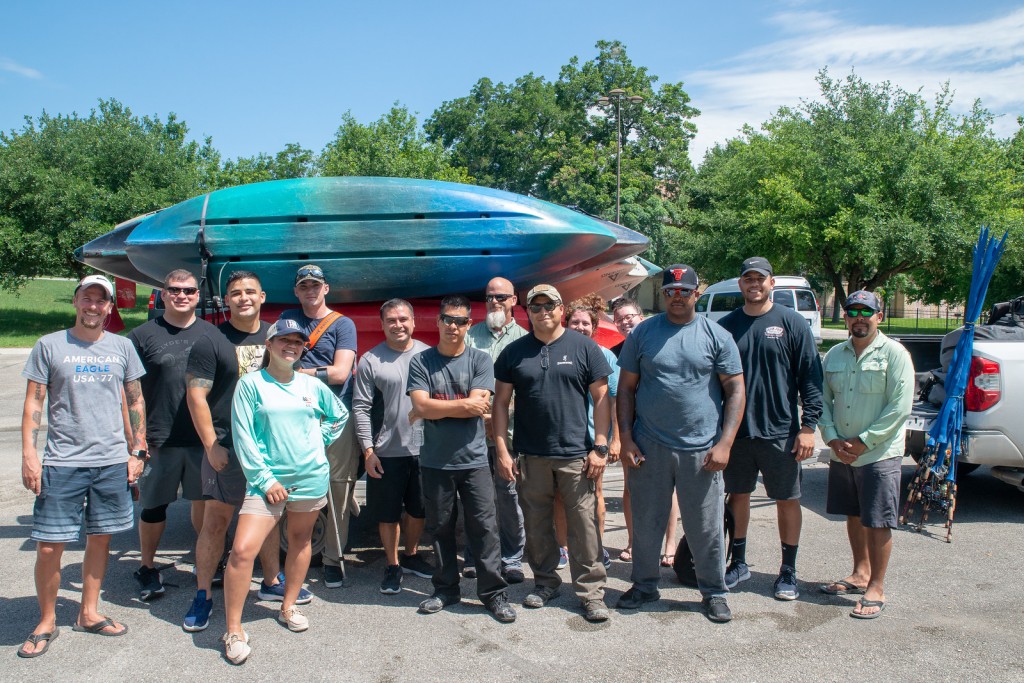
As the COVID-19 pandemic continues to challenge us and leave many unable to recreate outdoors, here’s how the Heroes team is handling it and keeping their communities in contact remotely.
We are following CDC and local guidelines while using technology to continue to serve our community, which means we are unable to hold our usual events for now. To ensure we are supporting our community, we have Zoom meetings scheduled to reach out to our volunteers and participants. In addition, our chapters are providing educational videos and reaching out to participants in every way possible.
Although we are a wellness program that focuses on kayak fishing as our main modality, our family extends well beyond the shores. Our chapter volunteers are reaching out across the physical distance to make sure our participants feel the support of #HOWNation. We are here for our veterans, first responders and their families. Our hearts and prayers go out to those who are on the front line battling this pandemic, and we are hoping to be of service to them in the future.

